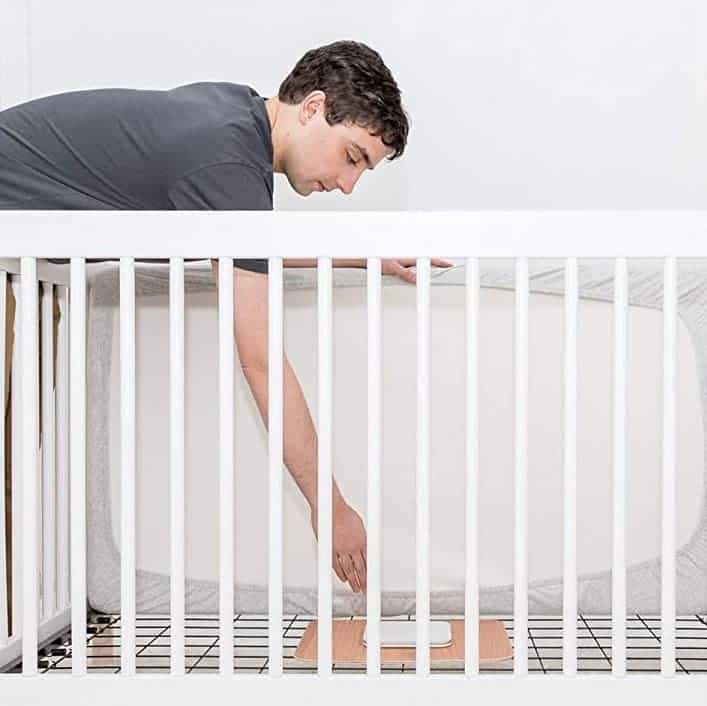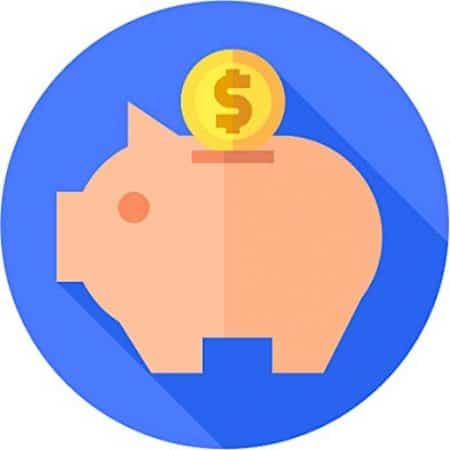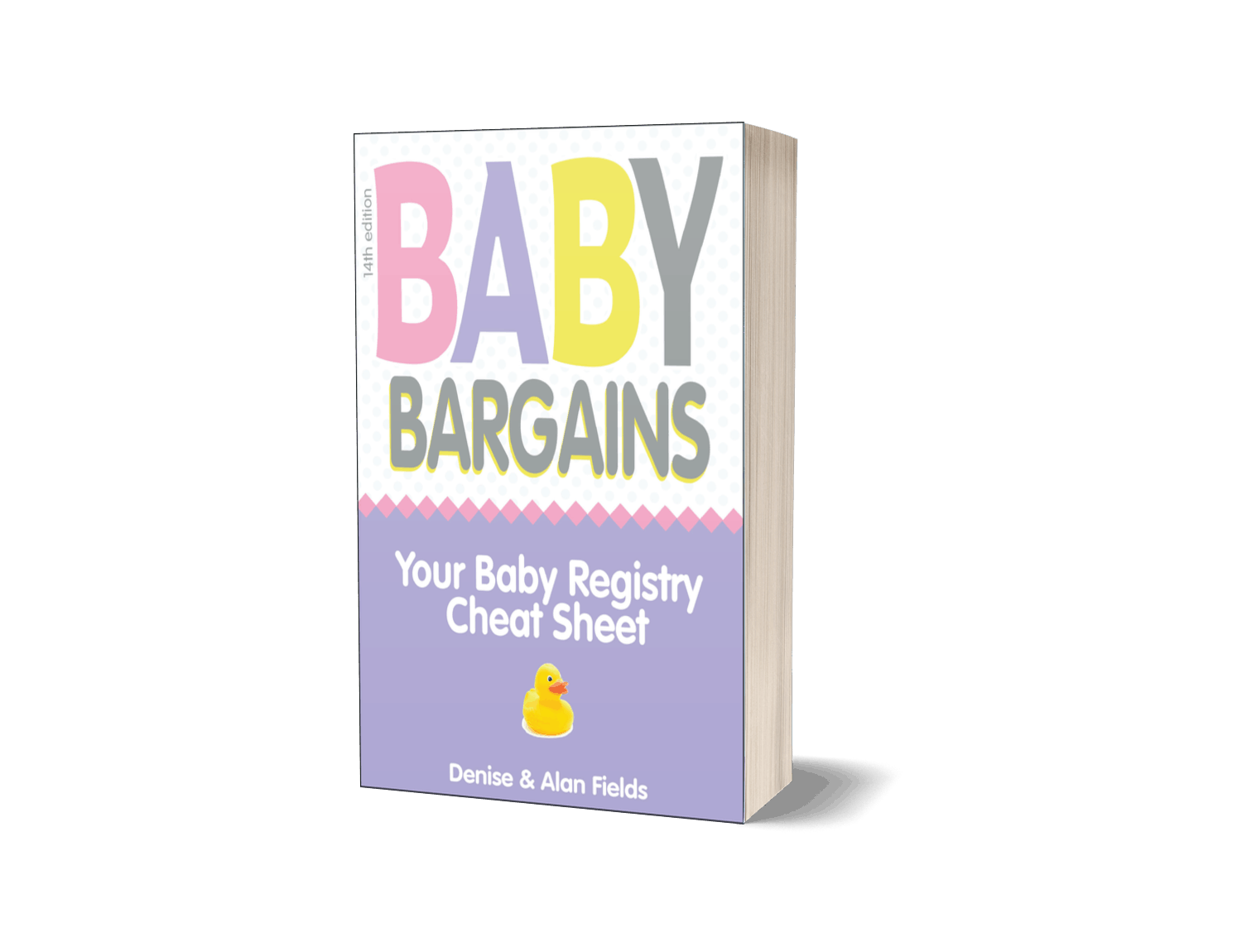Published: November 23, 2021
(BOULDER, CO) The Owlet Smart Sock has been pulled from the market, after the Food & Drug Administration sent a warning letter to the company in October saying the company was improperly marketing the product as a medical device.
“The United States Food and Drug Administration (FDA) has learned that your firm is marketing Owlet Smart Socks in the United States without marketing clearance or approval, in violation of the Federal Food, Drug, and Cosmetic Act (the Act),” the FDA said.
The FDA said the Owlet Smart Sock is a medical device “because they are intended for use in the diagnosis of disease or other conditions or in the cure, mitigation, treatment, or prevention of disease, or to affect the structure or any function of the body. Products that measure blood oxygen saturation and pulse rate are devices when they are intended to identify (diagnose) desaturation and bradycardia and provide an alarm to notify users that measurements are outside preset values.”
After receiving the letter, Owlet responded with a statement and stopped selling the sock (and related bundles of its monitor and sock), while emphasizing the FDA didn’t find any safety issues with the sock:
“The letter we received from the agency did not identify any safety concerns about the Smart Sock; rather, the FDA asserts that the Smart Sock should be classified as a medical device in the U.S. because of the heart rate and oxygen notifications. Based on the FDA’s recent letter, Owlet plans to pursue marketing authorization from the FDA for these features.”
So how did we get here? And what does the FDA’s crackdown on Owlet mean for other so-called smart baby gear?
Brief History Of Owlet
The Owlet Smart Sock first debuted on the market in 2015, invented by Jordan Monroe and Kurt Workman, who is now president of Owlet.
According a profile on the company in the Deseret News in 2015, Monroe and Workman were inspired to create the smart sock after Workman’s aunt gave birth to premature twins (one of whom had cerebral palsy):
Workman watched as his aunt became physically sick from the stress she experienced.
As Workman considered ways to reduce the stress levels of parents, he remembered something he learned earlier that week about a pulse oximeter, a device often attached to hospital patients’ fingers that monitors heart rate and oxygen levels.
He began to wonder if a pulse oximeter could act as a baby monitor. With this kind of monitoring, his aunt and other parents might get some sleep.
So the Owlet’s founders say their device was invented . . . to ease a parent’s anxiety. That seems like an admirable goal, but measuring a child’s blood oxygen level and then telling a parent it is normal or abnormal crossed a line, making the Owlet a “medical device,” according to the FDA.
In recent years, the Owlet Smart Sock has gone through several generations of improvements and the company has branched into other monitoring gear, including a video monitor.
Smart Baby Gear: Good? Or More Anxiety?
The Owlet isn’t alone in its promise to bring smart technology to the nursery. A series of products from t-shirts to diaper sensors promise to monitor baby’s biometrics.
Baby monitors that were once simply microphones to let parents hear baby cry now suddenly sprouted “sleep analytics.” The Nanit Pro Smart Baby Monitor, for example, pairs a video camera with a “breathing wear band.” The pitch for parents: track your baby’s “sleep, breathing motion and growth.”
Even big baby companies like Pampers joined the parade, rolling out a diaper sensor and video monitor that pairs with an app to track baby’s daily diaper activities. (It appears the company has recently refocused this effort on sleep coaching, as the diaper sensor/camera is now out of stock).
So a good question at this point would be: do you really need this stuff?
In 2017, we surveyed the smart baby gear landscape and concluded the answer is no.
Of course, the anxiety new parents feel about bring a newborn home is real . . . and that has been the case for many generations, just not today’s parents. Ironically, a campaign to help baby’s sleep more safety may have kicked off the current wave of anxiety, however.
Back To Sleep: Back To Not Sleeping?
In the 1990’s, the “Back to Sleep” campaign highlighted the risk of Sudden Infant Death Syndrome (SIDS). The goal was to encourage parents to lay their baby down to sleep on their backs, as research showed this cut the SIDS risk.
And it worked. Perhaps too well.
All the talk of Sudden Infant Death Syndrome set off a wave of anxiety of among parents—and entrepreneurs stepped in to help ease anxiety.
Long before the founders at Owlet thought a biometric sock could help their aunt’s anxiety, makers of “movement monitors” like the AngelCare set off to warn parents if their baby stopped moving for 20 seconds. The obvious implication here is if your baby stopped moving (read: breathing), something bad has happened.
Simple in design, these first breathing monitors were basically pads that were stuck under a crib mattress. If they failed to register activity, an alarm would sound.

Science Throws Cold Water On SIDS Devices
A 2017 review of these smart baby gear devices in the Journal of the American Medical Association found no scientific evidence they prevent Sudden Infant Death.
As we wrote in 2017:
“These devices are marketed aggressively to parents of healthy babies, promising peace of mind about their child’s cardiorespiratory health,” pediatrician Dr. Christopher P. Bonafide, with the Children’s Hospital of Philadelphia, told the Consumerist website. “But there is no evidence that these consumer infant physiological monitors are life-saving or even accurate, and these products may cause unnecessary fear, uncertainty and self-doubt in parents.”
That’s right—instead of giving parents peace of mind, smart monitors most likely cause a myriad of false alarms that make parenting even more stressful than it already is.
The American Academy of Pediatrics in a landmark 2003 study said that home monitoring of respiration and pulse rates simply don’t reduce the rate of SIDS.
Flying Too Close To the Sun?
So if there is a large number of other smart baby monitors out there claiming to help parents monitor their baby’s health, how did Owlet end up in the FDA’s crosshairs?
It might have something to do with a billion. A billion dollars, that is.
In July 2021, Owlet went public via a SPAC merger at a valuation of $1 billion. Investors piled into the baby smart tech space and Owlet’s vision, despite the company only having $107 million in revenue and $47 million in loses in the first nine months of 2021.
After the FDA letter, Owlet’s stock tanked and the company has lost 59% of its market value since becoming public.
Should you get a blood oxygen monitor for your baby?
So should you spend your hard-earned money on a gadget that measures your baby’s blood oxygen level?
We say: why?
If your baby has medical issues and your doctor recommends monitoring, you are better off with a medical-grade pulse oximeter. That’s because actual testing of the Owlet revealed shortcomings in terms of accuracy.
In 2018, researchers published a study in the Journal of the American Medical Association noting that the Owlet performed poorly compared to hospital-quality monitors.
Researchers “hooked 30 infants up to a hospital monitor on one foot and one of the consumer monitors on the other.”
The Owlet device missed 9 occasions in which the baby’s oxygen saturation was alarmingly low, accurately caught low oxygen saturation 71 times and falsely sounded the alarm 26 times.
Owlet responded with a statement that “Owlet is designed for in-home use, with healthy babies while they sleep, to provide parents with information about their child’s well-being.”
Hold the phone—Owlet is designed for healthy babies? Then why warn a parent if their child is outside a certain range of blood-oxygen level?
The study shows that these consumer monitors “are not ready for prime time,” said Dr. Gary Satou, director of pediatric echocardiography and co-director of fetal cardiology at the UCLA Mattel Children’s Hospital in Los Angeles, who is not affiliated with the new research. “And even if an accurate device was available, the large majority of babies don’t need monitoring at home.”
A War on Parents?
Even if the Owlet isn’t as accurate as a medical-grade pulse oximeter and gives false readings, should it be up to parents to decide to use it anyway?
That’s the counter argument that says the FDA over-reached in pulling the sock from the market. Columnist Kelsey Bolar in the Federalist argues it is “part of the federal government’s war on parents.”
Banning a safe, tech-savvy monitoring device from the free market does nothing to further the well-being of babies or anxious parents. Doing so under the guise of protecting customers, with the FDA’s outdated marketing regulations, is cruel.
In the American Institute for Economic Research, health economist Raymond March argues that even if the Owlet isn’t perfect, it is better than nothing:
The choice parents face is not between picking perfect or imperfect monitoring devices. The FDA has never approved a completely effective product because no such product exists. Instead, as economist Robert Higgs has previously explained, the FDA’s only authority is to remove or prevent products from reaching patients (and parents). In many cases, this leaves patients with few or no options to treat or help monitor serious medical concerns.
So at this point, it is unclear what will happen with the Owlet. It could take the FDA several years before it allows the sock to return to the market. It is also possible Owlet will alter its marketing to avoid whatever red-lines the FDA thinks it crossed.
What do you think? Should the Owlet be allowed on the market? Or does the lack of accuracy and false alarms cause more anxiety than the device solves? Let us know in the comments below.

BabyBargains.com is a participant in the Amazon Services LLC Associates Program, an affiliate advertising program designed to provide a means for sites to earn advertising fees by advertising and linking to Amazon.com and its related sites. As an Amazon Associate, I earn from qualifying purchases.


 We obsess over gear for families . . . so you don't have to. Baby Bargains has one mission: help you find the best gear for your family and home with unbiased reviews by experts with 20 years of experience. At prices that don't break the bank. When you purchase a product from links on this site, we make a small affiliate commission. Learn more
We obsess over gear for families . . . so you don't have to. Baby Bargains has one mission: help you find the best gear for your family and home with unbiased reviews by experts with 20 years of experience. At prices that don't break the bank. When you purchase a product from links on this site, we make a small affiliate commission. Learn more 
